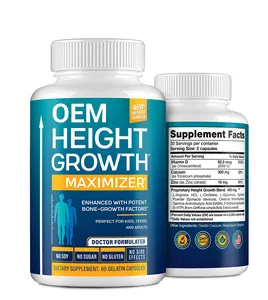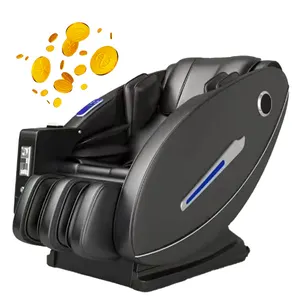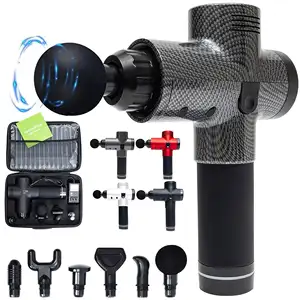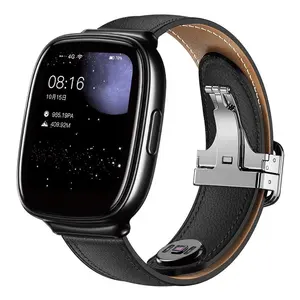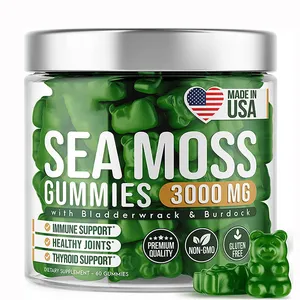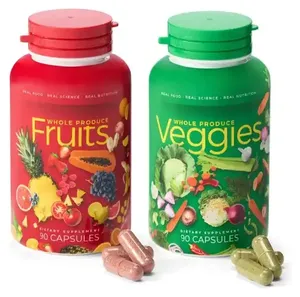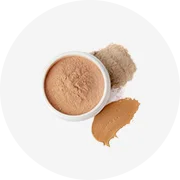ได้รับความนิยมในอุตสาหกรรมของคุณ


แผ่นรังผึ้ง Pp แผ่นลูกฟูก Pp แผ่นพลาสติกลูกฟูกแผ่นตัดโพรพิลีนแผ่นรังผึ้ง Pp
฿10.44 - ฿130.48
การสั่งซื้อขั้นต่ำ: 10 ชิ้น







แผ่นโพลีคาร์บอเนต4มม. 6มม. 8มม. 10มม. 12มม. 14มม. 16มม. แผ่นโพลีคาร์บอเนตเซลล์
฿55.92 - ฿208.77
การสั่งซื้อขั้นต่ำ: 100 ตารางเมตร

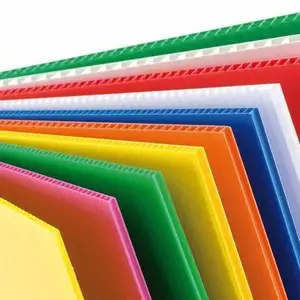

Pp แผ่นกลวงตายตัดโพรพิลีนแผ่นลูกฟูกคณะกรรมการตัดโพรพิลีน Pp แผ่นพลาสติก
฿55.92 - ฿186.40
การสั่งซื้อขั้นต่ำ: 1000 ชิ้น







กลิ้ง 1 มม. 2 มม. 3 มม. 4 มม. แผ่นโพลีคาร์บอเนตแข็งราคาถูกราคาแผงโพลีคาร์บอเนตใส
฿52.20 - ฿93.20
การสั่งซื้อขั้นต่ำ: 50 ตารางเมตร





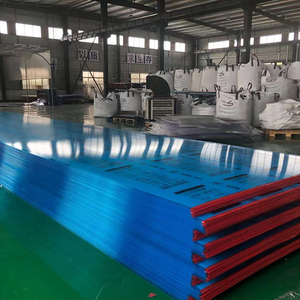

Twinwall แผ่นโพลีคาร์บอเนตโพลีคาร์บอเนตแผ่นรังผึ้งพลาสติกลูกฟูกรังผึ้งแผ่นพีซีรังผึ้ง
฿55.92 - ฿208.77
การสั่งซื้อขั้นต่ำ: 100 ตารางเมตร
















ที่คลุมหลังคาโพลีคาร์บอเนตผนังแบบมีรูพรุนแผ่นกระดาษไฟ LED บางใช้กลางแจ้ง
฿44.74 - ฿134.21
การสั่งซื้อขั้นต่ำ: 100 ตารางเมตร






แผ่นพลาสติกโพลีเอทิลีน OEM & ODM แผ่นบางสำหรับอุตสาหกรรมอาหารสีดำ
฿102.15 - ฿182.67
การสั่งซื้อขั้นต่ำ: 50 ตารางเมตร






บอร์ดพลาสติก uhmwpe แผ่นบาง HDPE หนา2มม. แผ่น PE1000รีไซเคิล
฿37.28 - ฿1,863.96
การสั่งซื้อขั้นต่ำ: 1 ชิ้น
หมวดหมู่ยอดนิยม
เกี่ยวกับ แผ่นบางๆมีรูพลาสติก
แผ่นบางๆมีรูพลาสติก ไม่ใช่เรื่องใหม่สำหรับคนทั่วไปในปัจจุบันและไม่ถือว่าเป็นสิ่งต้องห้ามอีกต่อไป หากคุณกำลังมองหาความสุขสุดท้ายนี้คุณต้องตรวจสอบความยิ่งใหญ่ คอลเลกชัน แผ่นบางๆมีรูพลาสติก ที่ Alibaba.com เหล่านี้ยั่วยวนและโค้ง แผ่นบางๆมีรูพลาสติก คุ้มค่ากับเงินทุกบาทและมั่นใจว่าจะทำให้ค่ำคืนนี้พิเศษสำหรับคุณ ตุ๊กตาเหล่านี้มีลักษณะเหมือนจริงตั้งแต่ขนไปจนถึงปลายเท้าในทุกแง่มุม
ไม่ว่าคุณจะเป็นคนขี้เหงาที่กำลังมองหาคู่ชีวิตที่เหมือนมีชีวิตหรือคู่รักที่ต้องการเติมชีวิตชีวาให้กับชีวิตคุณสามารถใช้สิ่งเหล่านี้ได้ . แผ่นบางๆมีรูพลาสติก สำหรับจุดไฟนั้น ที่งดงามเหล่านี้ แผ่นบางๆมีรูพลาสติก สามารถปรับแต่งได้ตามความคาดหวังของคุณ น่าทึ่งเหล่านี้ แผ่นบางๆมีรูพลาสติก มีให้เลือกทั้งชายและหญิงและทำจากซิลิโคนเกรดยาเพื่อความปลอดภัยในการใช้งาน รับตอนนี้และเพลิดเพลินไปกับค่ำคืนแห่งความหลงใหลและไฟ
Alibaba.com ขอเสนอสิ่งที่น่าทึ่งเหล่านี้ แผ่นบางๆมีรูพลาสติก ในทุกรูปร่างขนาดและชาติพันธุ์ ไม่ว่าความต้องการของคุณสำหรับไฟล์. แผ่นบางๆมีรูพลาสติก คุณสามารถหาได้ทั้งหมดบนไซต์ เหล่านี้ แผ่นบางๆมีรูพลาสติก ได้รับการขึ้นรูปโดยช่างฝีมือที่ดีที่สุดและทุกรายละเอียดที่ซับซ้อนจะได้รับการตรวจสอบอย่างละเอียด ตุ๊กตาเหล่านี้มีดวงตาผมเล็บและส่วนอื่น ๆ ของร่างกายคล้ายกับคนในชีวิตจริง
Alibaba.com ให้บริการที่หลากหลาย แผ่นบางๆมีรูพลาสติก ที่สามารถช่วยคุณซื้อผลิตภัณฑ์ที่เหมาะสมกับงบประมาณของคุณและข้อกำหนดอื่น ๆ ผลิตภัณฑ์เหล่านี้ปลอดภัยต่อการใช้งานได้รับการรับรองและเป็นมิตรกับสิ่งแวดล้อม มีคำสั่งซื้อ OEM สำหรับผลิตภัณฑ์เหล่านี้
ไม่ว่าคุณจะเป็นคนขี้เหงาที่กำลังมองหาคู่ชีวิตที่เหมือนมีชีวิตหรือคู่รักที่ต้องการเติมชีวิตชีวาให้กับชีวิตคุณสามารถใช้สิ่งเหล่านี้ได้ . แผ่นบางๆมีรูพลาสติก สำหรับจุดไฟนั้น ที่งดงามเหล่านี้ แผ่นบางๆมีรูพลาสติก สามารถปรับแต่งได้ตามความคาดหวังของคุณ น่าทึ่งเหล่านี้ แผ่นบางๆมีรูพลาสติก มีให้เลือกทั้งชายและหญิงและทำจากซิลิโคนเกรดยาเพื่อความปลอดภัยในการใช้งาน รับตอนนี้และเพลิดเพลินไปกับค่ำคืนแห่งความหลงใหลและไฟ
Alibaba.com ขอเสนอสิ่งที่น่าทึ่งเหล่านี้ แผ่นบางๆมีรูพลาสติก ในทุกรูปร่างขนาดและชาติพันธุ์ ไม่ว่าความต้องการของคุณสำหรับไฟล์. แผ่นบางๆมีรูพลาสติก คุณสามารถหาได้ทั้งหมดบนไซต์ เหล่านี้ แผ่นบางๆมีรูพลาสติก ได้รับการขึ้นรูปโดยช่างฝีมือที่ดีที่สุดและทุกรายละเอียดที่ซับซ้อนจะได้รับการตรวจสอบอย่างละเอียด ตุ๊กตาเหล่านี้มีดวงตาผมเล็บและส่วนอื่น ๆ ของร่างกายคล้ายกับคนในชีวิตจริง
Alibaba.com ให้บริการที่หลากหลาย แผ่นบางๆมีรูพลาสติก ที่สามารถช่วยคุณซื้อผลิตภัณฑ์ที่เหมาะสมกับงบประมาณของคุณและข้อกำหนดอื่น ๆ ผลิตภัณฑ์เหล่านี้ปลอดภัยต่อการใช้งานได้รับการรับรองและเป็นมิตรกับสิ่งแวดล้อม มีคำสั่งซื้อ OEM สำหรับผลิตภัณฑ์เหล่านี้
